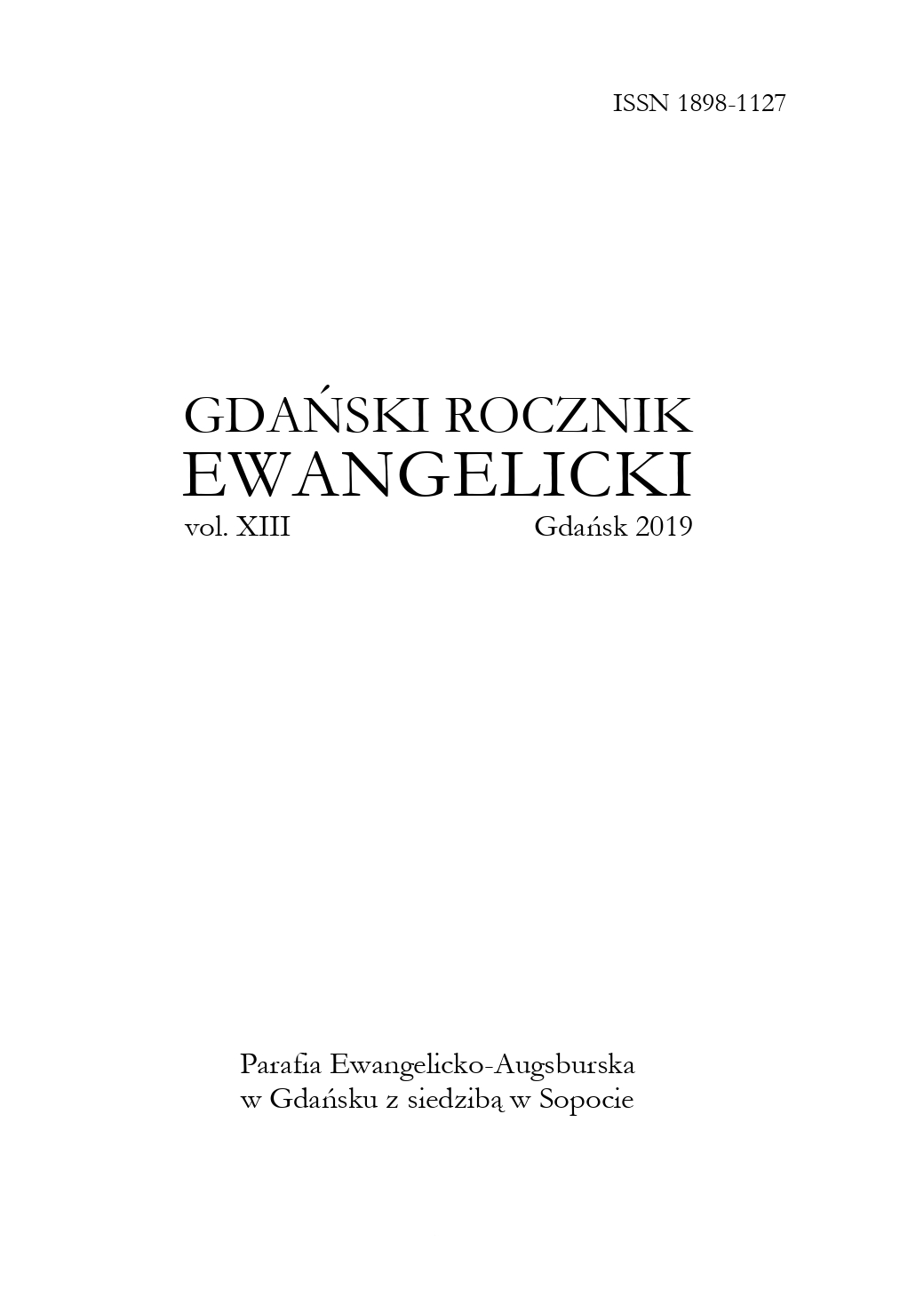Sound of Silence – the Theological and Physical Interpretation of Sound
Sound of Silence – the Theological and Physical Interpretation of Sound
Author(s): Marcin Hintz, Bogumił B. J. LindeSubject(s): Christian Theology and Religion, Music, Sociology of Religion
Published by: Parafia Ewangelicko-Augsburska (Luterańska) w Gdańsku-Sopocie
Keywords: Sound; Silence; Word; solum verbum; Liturgy; Acoustic; Physics; Wave;
Summary/Abstract: The article describes the notion ”sound” from 2 different perspectives: theological and scientific – more precisely physical point of view. In biblical tradition, sound is the carrier of God's Word. In the Old Testament the Hebrew word קול) kol) does not play any special theological function. In the New Testament there are 3 Greek terms that convey the semantic circle of the notion sound: ηχος (ēchos), φθογγος (fthongos) and φωνη (fōnē). They are used in the context of God’s revelation. In the Evangelical-Lutheran tradition, the Word is the only medium of God's grace. This is stated in the theological principle of solum verbum. The spoken word played a primary role in Martin Luther’s theological reflection. Contemporary theology enables access to the voice and mutual communication between God and the people, as well as in human dialogue. From a physical point of view, sound is a mechanical wave propagating in an elastic medium only. These are not only waves from a frequency range 20 to 20.000 hertz [Hz] to which the human ear is sensitive, but waves of frequency beneath 20 Hz down to 0,1 Hz and rarely to 0,001 Hz (infrasound, below 20 Hz) to much higher than the upper limit of audibility (ultrasound), i.e. from 20.000 Hz to the range above hundreds of GHz. The whole range is used and takes full advantage in various fields of human life. All this, briefly, is presented in the paper.
Journal: Gdański Rocznik Ewangelicki
- Issue Year: 2019
- Issue No: 13
- Page Range: 203-221
- Page Count: 19
- Language: English

